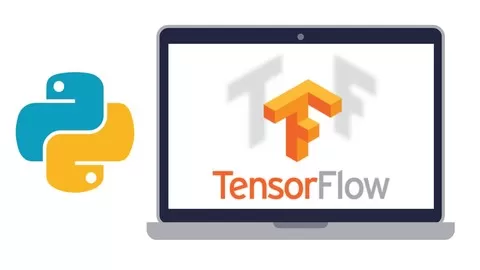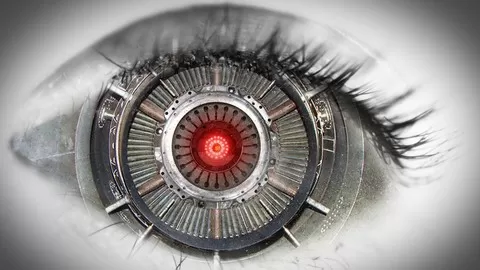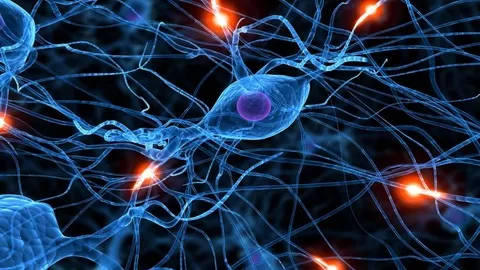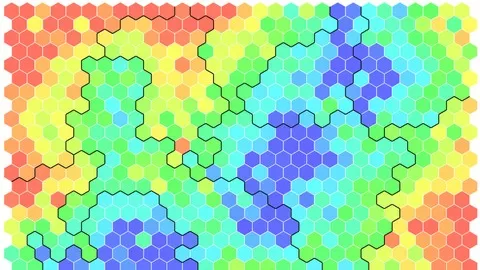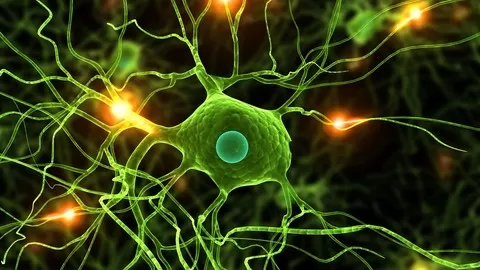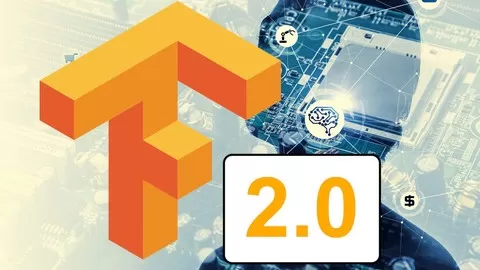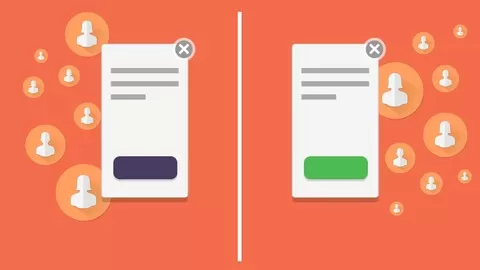This course was last updated on 2/2022.
We analyzed factors such as the rating (4.6/5) and the ratio between the number of reviews and the number of students, which is a great signal of student commitment.
It’s hard to believe it’s been been over a year since I released my first course on Deep Learning with NLP (natural language processing).
A lot of cool stuff has happened since then, and I’ve been deep in the trenches learning, researching, and accumulating the best and most useful ideas to bring them back to you.
So what is this course all about, and how have things changed since then?
In previous courses, you learned about some of the fundamental building blocks of Deep NLP. We looked at RNNs (recurrent neural networks), CNNs (convolutional neural networks), and word embedding algorithms such as word2vec and GloVe.
This course takes you to a higher systems level of thinking.
Since you know how these things work, it’s time to build systems using these components.
At the end of this course, you’ll be able to build applications for problems like:
•text classification (examples are sentiment analysis and spam detection)
•neural machine translation
•question answering
We’ll take a brief look chatbots and as you’ll learn in this course, this problem is actually no different from machine translation and question answering.
To solve these problems, we’re going to look at some advanced Deep NLP techniques, such as:
•bidirectional RNNs
•seq2seq (sequence-to-sequence)
•attention
•memory networks
All of the materials of this course can be downloaded and installed for FREE. We will do most of our work in Python libraries such as Keras, Numpy, Tensorflow, and Matpotlib to make things super easy and focus on the high-level concepts. I am always available to answer your questions and help you along your data science journey.
This course focuses on “how to build and understand”, not just “how to use”. Anyone can learn to use an API in 15 minutes after reading some documentation. It’s not about “remembering facts”, it’s about “seeing for yourself” via experimentation. It will teach you how to visualize what’s happening in the model internally. If you want more than just a superficial look at machine learning models, this course is for you.
See you in class!
“If you can’t implement it, you don’t understand it”
•Or as the great physicist Richard Feynman said: “What I cannot create, I do not understand”.
•My courses are the ONLY courses where you will learn how to implement machine learning algorithms from scratch
•Other courses will teach you how to plug in your data into a library, but do you really need help with 3 lines of code?
•After doing the same thing with 10 datasets, you realize you didn’t learn 10 things. You learned 1 thing, and just repeated the same 3 lines of code 10 times…
Suggested Prerequisites:
•Decent Python coding skills
•Understand RNNs, CNNs, and word embeddings
•Know how to build, train, and evaluate a neural network in Keras
WHAT ORDER SHOULD I TAKE YOUR COURSES IN?:
•Check out the lecture “Machine Learning and AI Prerequisite Roadmap” (available in the FAQ of any of my courses, including the free Numpy course)
✓ Build a text classification system (can be used for spam detection, sentiment analysis, and similar problems)
✓ Build a neural machine translation system (can also be used for chatbots and question answering)
✓ Build a sequence-to-sequence (seq2seq) model
✓ Build an attention model
✓ Build a memory network (for question answering based on stories)
• Understand what deep learning is for and how it is used
• Decent Python coding skills, especially tools for data science (Numpy, Matplotlib)
• Preferable to have experience with RNNs, LSTMs, and GRUs
• Preferable to have experience with Keras
• Preferable to understand word embeddings
• Students in machine learning, deep learning, artificial intelligence, and data science
• Professionals in machine learning, deep learning, artificial intelligence, and data science
• Anyone interested in state-of-the-art natural language processing
The course costs $19.99. And currently there is a 83% discount on the original price of the course, which was $119.99. So you save $100 if you enroll the course now.
YES, Deep Learning: Advanced Natural Language Processing and RNNs has a 30-day money back guarantee. The 30-day refund policy is designed to allow students to study without risk.
Lazy Programmer Inc. has created 31 courses that got 131,953 reviews which are generally positive. Lazy Programmer Inc. has taught 494,363 students and received a 4.6 average review out of 131,953 reviews. Depending on the information available, we think that Lazy Programmer Inc. is an instructor that you can trust.
Artificial intelligence and machine learning engineer
Today, I spend most of my time as an artificial intelligence and machine learning engineer with a focus on deep learning, although I have also been known as a data scientist, big data engineer, and full stack software engineer.
I received my first masters degree over a decade ago in computer engineering with a specialization in machine learning and pattern recognition. I received my second masters degree in statistics with applications to financial engineering.
Experience includes online advertising and digital media as both a data scientist (optimizing click and conversion rates) and big data engineer (building data processing pipelines). Some big data technologies I frequently use are Hadoop, Pig, Hive, MapReduce, and Spark.
I’ve created deep learning models to predict click-through rate and user behavior, as well as for image and signal processing and modeling text.
My work in recommendation systems has applied Reinforcement Learning and Collaborative Filtering, and we validated the results using A/B testing.
I have taught undergraduate and graduate students in data science, statistics, machine learning, algorithms, calculus, computer graphics, and physics for students attending universities such as Columbia University, NYU, Hunter College, and The New School.
Multiple businesses have benefitted from my web programming expertise. I do all the backend (server), frontend (HTML/JS/CSS), and operations/deployment work. Some of the technologies I’ve used are: Python, Ruby/Rails, PHP, Bootstrap, jQuery (Javascript), Backbone, and Angular. For storage/databases I’ve used MySQL, Postgres, Redis, MongoDB, and more.


